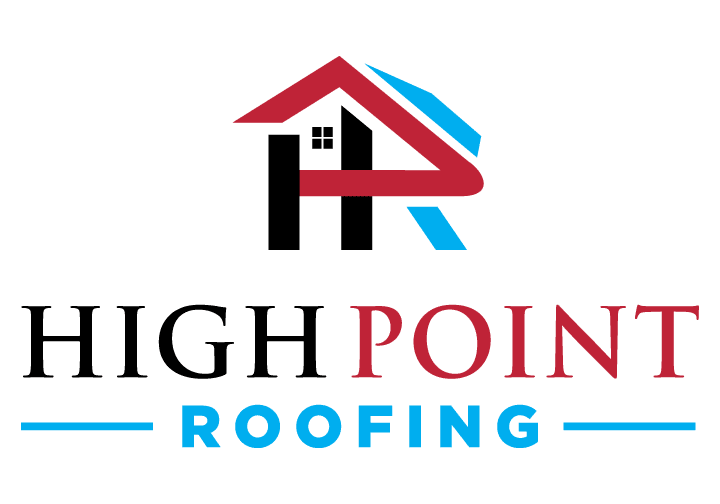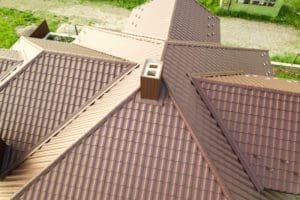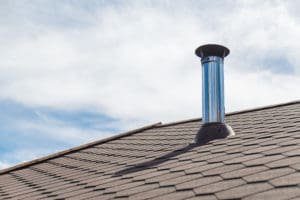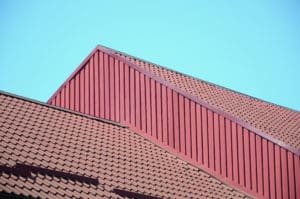A secure and well-maintained roof is vital for protecting your home from the elements. However, several risk factors can compromise the integrity of your roof over time. By understanding these risks, you can take proactive measures to safeguard your home. In this article, we will explore the top roof risk factors that every homeowner should be aware of.
Understanding Roof Risk Factors
The first step in protecting your roof is understanding the risk factors that can lead to damage and deterioration. By recognizing these factors, you can implement preventive measures and timely repairs to extend the lifespan of your roof.
One significant risk factor for roofs is the impact of environmental elements such as sunlight, rain, snow, and wind. Exposure to these elements over time can cause wear and tear on roofing materials, leading to cracks, leaks, and other forms of damage. Understanding how these elements affect your roof can help you take proactive steps to mitigate their impact.
The Importance of Regular Roof Inspections
Regular roof inspections are essential for identifying and addressing potential issues before they worsen. A professional inspection can reveal hidden problems and help you plan appropriate maintenance or repairs. Inspections should be carried out at least once a year, or after severe weather events.
During a roof inspection, a trained professional will assess the condition of your roof, looking for signs of damage, wear, or potential weak points. They will also check the integrity of the flashing, gutters, and other components that play a crucial role in the roof’s performance. By conducting regular inspections, you can stay ahead of any potential problems and ensure that your roof remains in top condition.
Common Signs of Roof Damage
It is crucial to be familiar with the signs of roof damage to detect issues early and prevent further deterioration. Some common signs include missing or damaged shingles, leaks, sagging areas, and signs of moisture or mold inside your home.
In addition to the visible signs of damage, homeowners should also be aware of less obvious indicators such as increased energy bills, drafts, or a sudden influx of pests in the attic. These signs can point to underlying roof issues that may not be immediately visible but can still impact the roof’s performance and longevity.
Weather-Related Roof Risks
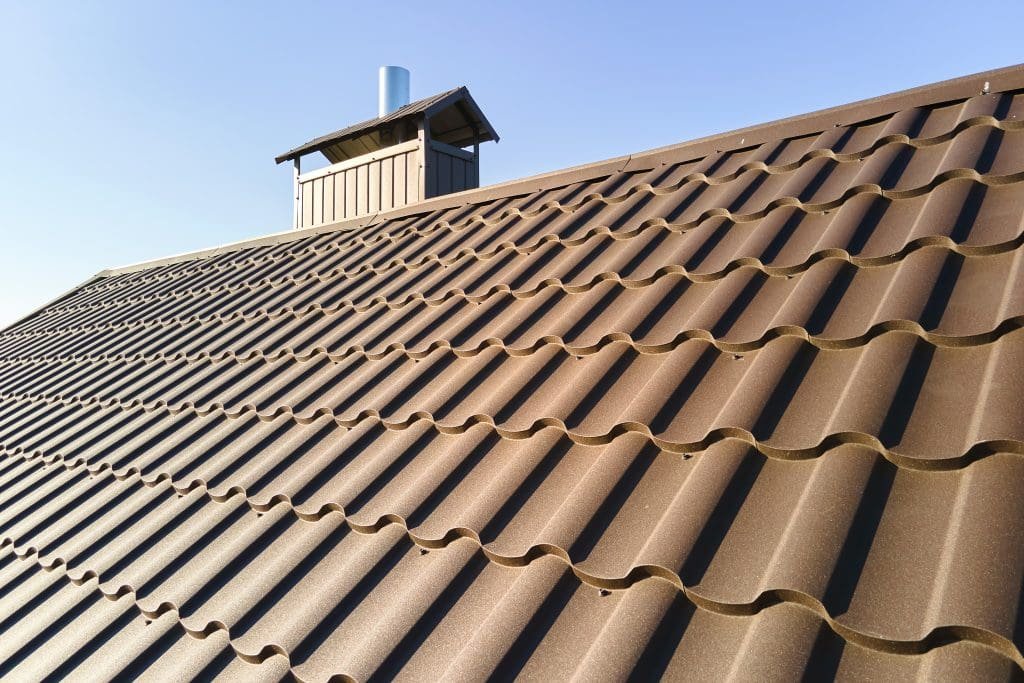
Weather plays a significant role in the wear and tear of your roof. Understanding how different weather conditions can impact your roof will help you take appropriate measures to protect it.
Roofs are constantly exposed to the elements, making them vulnerable to various weather-related risks. From heavy rainstorms to scorching heat and freezing temperatures, each weather condition presents unique challenges that can affect the longevity and performance of your roof.
Impact of Rain and Hail on Roofs
Heavy rainstorms and hail can cause substantial damage to your roof. If water accumulates or leaks through damaged areas, it can lead to rot, mold growth, and structural weakening. Regularly checking your gutters, downspouts, and drainage systems can help prevent water damage.
Hail, in particular, can be extremely damaging to roofs, causing dents, cracks, and granule loss on shingles. It is essential to inspect your roof after a hailstorm to assess any potential damage and address it promptly to prevent further issues.
Sun and Heat Damage to Roofs
Intense sunlight and high temperatures can cause roof materials to deteriorate over time. UV radiation can weaken shingles and lead to cracks or curling. Using reflective roofing materials can help mitigate heat absorption and prolong the life of your roof.
Additionally, prolonged exposure to heat can result in thermal expansion and contraction of roofing materials, leading to warping and potential leaks. Ensuring proper ventilation in your attic can help regulate temperatures and reduce the risk of heat-related roof damage.
Winter Weather and Your Roof
Winter weather, including snow, ice, and freezing temperatures, can pose risks to your roof’s integrity. The weight of accumulated snow or ice can strain the structure, potentially leading to structural damage or collapse. Removing excess snow and ice promptly can help prevent such issues.
Ice dams, formed by melting snow refreezing at the roof’s edge, can also cause water backup and seepage under shingles, resulting in water damage to your roof and home interior. Proper insulation and attic ventilation are crucial in preventing ice dams and maintaining the integrity of your roof during the winter months.
Biological Threats to Your Roof

Biological factors such as moss, algae, and tree overgrowth can have a detrimental impact on your roof’s condition. Let’s explore how these threats can compromise the longevity of your roof.
When it comes to moss and algae, these pesky organisms not only create an unsightly appearance on your roof but also pose a serious threat to its structural integrity. Moss, in particular, has a tendency to retain moisture, which can seep into the layers of your roof and lead to rot and decay. Algae, on the other hand, can cause discoloration and staining, affecting the curb appeal of your home. Implementing a regular maintenance schedule that includes cleaning and treating your roof with environmentally friendly solutions can help prevent the growth of these harmful organisms and extend the lifespan of your roof.
Damage from Moss and Algae
Moss and algae growth on your roof can trap moisture and accelerate the deterioration of shingles or tiles. Regular cleaning and treating your roof with environmentally friendly solutions can prevent the growth of these organisms.
Furthermore, the dangers of tree overgrowth near your roof should not be underestimated. While trees provide shade and enhance the aesthetic appeal of your property, they can also pose a significant risk if not properly maintained. Overgrown branches swaying in the wind can scrape against the roof surface, causing abrasions and potentially puncturing the roofing material. This damage not only compromises the protective barrier of your roof but also increases the likelihood of leaks and water infiltration. To mitigate these risks, it is essential to regularly trim branches that are in close proximity to your roof and promptly remove any dead or unstable trees that could pose a threat to your home’s structural integrity.
The Dangers of Tree Overgrowth
Trees near your roof can pose a risk if they are not properly maintained. Overgrown branches can scrape against the roof, causing damage to the surface and increasing the likelihood of leaks. Regularly trim branches and remove any dead or unstable trees near your home.
Structural and Material Risks

Age, wear, and improper materials can significantly impact the longevity and performance of your roof. Understanding these risks will help you make informed decisions regarding repairs or replacement.
When it comes to the structural integrity of your roof, age and wear are two silent threats that can cause significant issues over time. As your roof ages, it naturally becomes more vulnerable to damage. Factors such as exposure to harsh weather conditions, fluctuating temperatures, and simple wear and tear can gradually weaken the materials and compromise the overall structure. Regular inspections by a professional roofing contractor are essential to detect early signs of aging and assess whether repairs or a full replacement are necessary to ensure the continued protection of your home.
Age and Wear: The Silent Threats
Roofs have a limited lifespan, and as they age, they become more susceptible to damage. Over time, exposure to weather conditions, temperature fluctuations, and general wear can weaken materials and compromise the structure. Regular inspections can help detect signs of aging and determine if repairs or replacement are necessary.
Furthermore, the choice of roofing materials plays a crucial role in the longevity and performance of your roof. Using inappropriate materials that are not suitable for your specific climate or environment can lead to premature failure and costly repairs. It is essential to consult with a knowledgeable roofing professional to ensure you select materials that are best suited to withstand the unique challenges posed by your surroundings. By investing in high-quality, weather-resistant materials, you can enhance the durability and resilience of your roof, ultimately saving you time and money in the long run.
Inappropriate Roofing Materials
Using the wrong type of roofing material for your climate or environment can lead to premature failure. Consult a professional to ensure you choose appropriate materials that can withstand the specific challenges posed by your surroundings.
Human Factors in Roof Risks

Aside from natural elements, homeowners must also consider their actions or lack thereof when it comes to the care and maintenance of their roofs.
Roofs, although often overlooked, play a critical role in protecting homes from the elements. Understanding the human factors that contribute to roof risks is essential in ensuring the longevity and functionality of this vital structure.
Neglect and Poor Maintenance
Failure to address small issues promptly and neglecting routine maintenance can result in more significant problems down the line. Regularly inspecting your roof, promptly addressing minor damage or leaks, and keeping gutters clean can help prevent more extensive and costlier repairs.
Moreover, neglecting roof maintenance can not only lead to structural issues but also compromise the safety and well-being of your household. Leaks and water damage resulting from poor maintenance can create a breeding ground for mold and mildew, posing health risks to occupants.
Incorrect Installation Issues
Improper installation of roofing materials can undermine the integrity of your roof. Ensure that you hire qualified professionals who follow industry standards and guidelines when installing or repairing your roof.
Furthermore, incorrect installation not only affects the performance of the roof but can also void warranties provided by manufacturers. Hiring reputable and experienced roofing contractors is crucial in ensuring that the installation is done correctly, maximizing the lifespan of your roof.
By understanding the risks outlined in this article, you are better equipped to protect your roof and ultimately your home. Regular maintenance, timely repairs, and professional inspections are crucial in maintaining the longevity and functionality of your roof. Implementing preventive measures and promptly addressing issues can save you from costly repairs and ensure the safety and comfort of your home for years to come.
